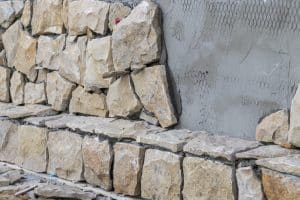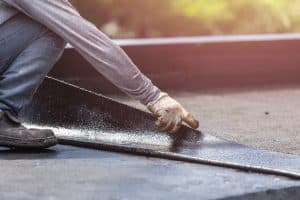
Best Cladding For Your Home
Cladding can completely transform the look of your home, allowing you to create a look that best suits your style and tastes. When selecting your

Cladding can completely transform the look of your home, allowing you to create a look that best suits your style and tastes. When selecting your

When you begin to notice unexplained cases of mould, water stains, condensation, or even leaks, you know it’s time to replace your flat roof. While
TESTIMONIALS
CITY ROOFING & EXTERIORS
GET STARTED TODAY
3935 3a St NE Unit #3 Calgary, AB T2E 6S7
OPENING HOURS
Mon – 8:00am-7:00pm
Tue – 8:00am-7:00pm
Wed – 8:00am-7:00pm
Thu – 8:00am-7:00pm
Fri – 8:00am-7:00pm
Sat – 8:00am-7:00pm
Sun – CLOSED
EMAIL US
© COPYRIGHT 2022 | CITY ROOFING & EXTERIORS | PRIVACY POLICY | TERMS | DISCLAIMER | SITEMAP
SHARE